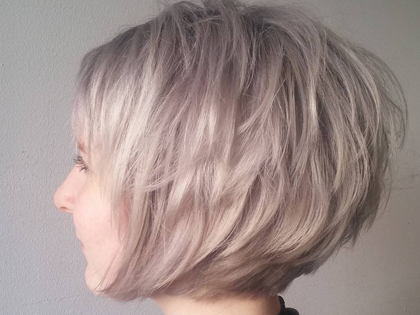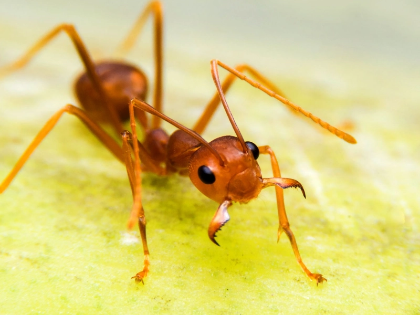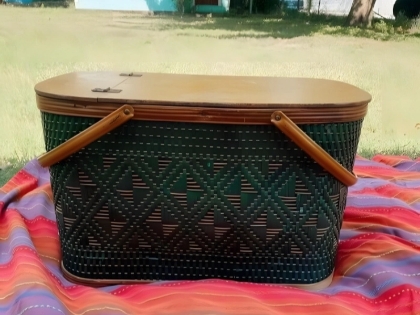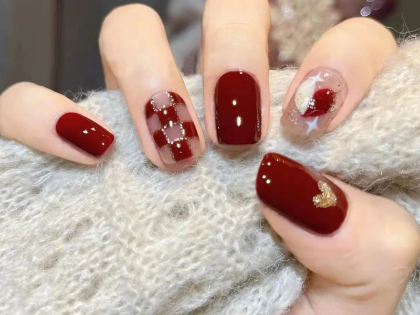Nature's captivating creations, pink lakes offer visitors from around the world a dreamlike experience. These unique bodies of water, colored by specific algae and bacteria, are not only visually stunning but also scientifically fascinating. This article provides ten essential tips to enhance your visit, whether you're traveling to Lake Retba in Senegal, Australia's Lake Hillier, or any other pink lake worldwide. From the best times to visit and what to pack to photography techniques and eco-friendly practices, we’ve got you covered. We’ll also share an insider tip to help you enjoy a more peaceful experience, free from crowds. Get ready to immerse yourself in the vibrant hues of these natural wonders and create unforgettable memories.
1. Choose the Right Season
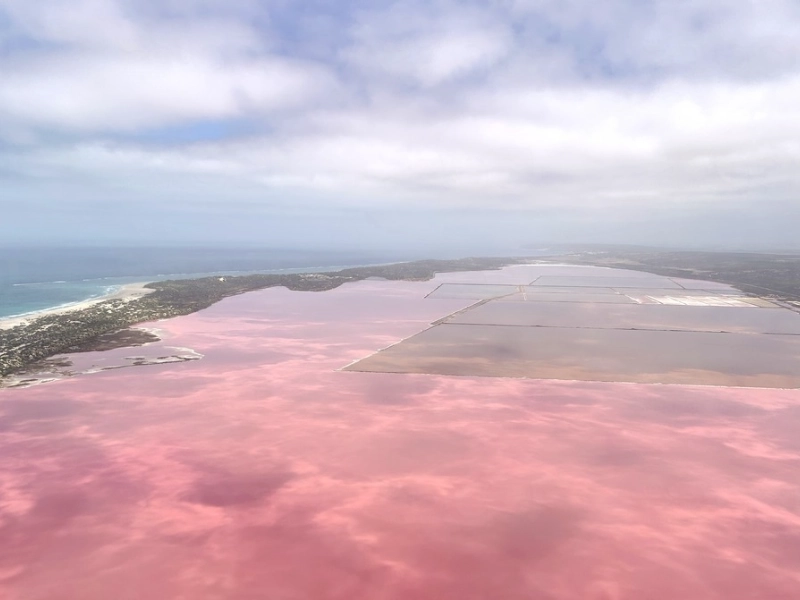
Timing is crucial when visiting pink lakes, as the season and weather significantly affect their color intensity. The best time to visit is typically during the dry season when water levels are low, concentrating the organisms responsible for the pink hue and enhancing the vibrant color. For most pink lakes, this means planning your trip during summer or early autumn. However, it’s essential to research the specific lake you’re visiting, as ideal conditions can vary. For example, Lake Retba in Senegal is most vivid from November to June, while Australia’s Lake Hillier maintains its color year-round but is more accessible during the Australian summer (December to February). Factors like temperature, salinity, and rainfall can also influence the lake’s color. Some lakes may appear more vibrant in the morning or late afternoon when the sun’s angle accentuates the pink tones. By carefully selecting the right season and time of day, you’ll maximize your chances of witnessing the lake in all its rosy glory, ensuring a truly memorable experience.
Advertisement



